US PRESIDENT Donald Trump has ordered an additional 25 per cent tariff on Indian goods, taking the total duty to 50 per cent, in response to India’s continued import of Russian oil.
The move marks the most severe trade penalty India has faced from the us in years and signals rising tensions between the two strategic partners.
Trump signed the executive order on Wednesday (6), just hours before the initial 25 per cent tariff was set to take effect. The new levy will kick in after 21 days and will apply to nearly all Indian goods, barring a few exempt categories such as pharmaceuticals and electronics.
“The country directly or indirectly imported Russian oil,” Trump said in the order, which also warned of similar action against other countries seen as supporting Russia’s energy trade.
India has responded firmly to the US decision to impose additional tariffs, calling the move “unfair, unjustified and unreasonable.” The government said it had already made its position clear on issues related to oil imports from Russia and criticised Washington for targeting India’s energy trade in recent days. Describing the tariff hike as “unfortunate,” New Delhi stated it would take all necessary actions to protect its national interests.
The US administration sees oil revenues as a key source funding Russia’s war in Ukraine, and has warned of wider sanctions if Moscow does not move towards peace.
The latest tariff comes just as Indian prime minister Narendra Modi is set to visit China later this month for a major regional summit, in what many see as a sign of New Delhi diversifying its diplomatic partnerships amid growing strain with Washington.
The White House said the measure followed failed attempts to strike a trade deal with India and was part of broader pressure on allies of Russia. US special envoy Steve Witkoff was in Moscow this week, reportedly pushing for progress on a Ukraine peace deal.
India’s foreign ministry earlier called US pressure over its oil policy “unjustified and unreasonable,” and said it would continue to safeguard its national interests. India’s National Security Adviser was in Moscow on Wednesday, as tensions with the US escalated.
Meanwhile, economists across India warned that the higher tariffs would seriously harm Indian exports and impact economic growth in the coming year.
A Prasanna, chief economist at ICICI Securities Primary Dealership, said: “The additional tariffs will come into effect after 21 days but it will be on top of the earlier 25 per cent, so the total 50 per cent rate will be a big negative for Indian exports. However, some key segments like electronics and pharma continue to be exempt.”
“At a 50 per cent rate, many Indian exports will face a handicap versus countries that are in the 15-30 per cent bucket,” he added.
Sakshi Gupta, principal economist at HDFC Bank, said the economic impact could be significant if a trade deal is not reached soon.
“While Trump’s order gives another 21 days for a deal to breakthrough, in case it does not, we will have to significantly lower FY26 GDP growth forecast to below 6 per cent, baking in a 40–50 bps hit. This would be double our earlier estimates.”
Teresa John, lead economist at Nirmal Bank Institutional Equities, said India might consider reducing Russian imports gradually. “The pressure is mounting on India to come to a trade agreement. India may agree to significantly reduce Russian purchases over a phased manner and diversify to other sources.”
Gaura Sen Gupta of IDFC First Bank warned of lasting damage if the tariffs remain in place. “Post this order, bilateral tariffs will rise to 50 per cent, which would be the highest applied from August onwards. This definitely increases the downside risk to the 2025–26 GDP estimate.”
“If the tariffs persist till March 2026, the total downside risk is estimated at 0.3 per cent to 0.4 per cent,” she said.
As it stands, India is now grouped with Brazil as one of the few countries facing the steepest US tariffs, placing it at a clear disadvantage compared to regional rivals such as Vietnam and Bangladesh.
(Agencies)


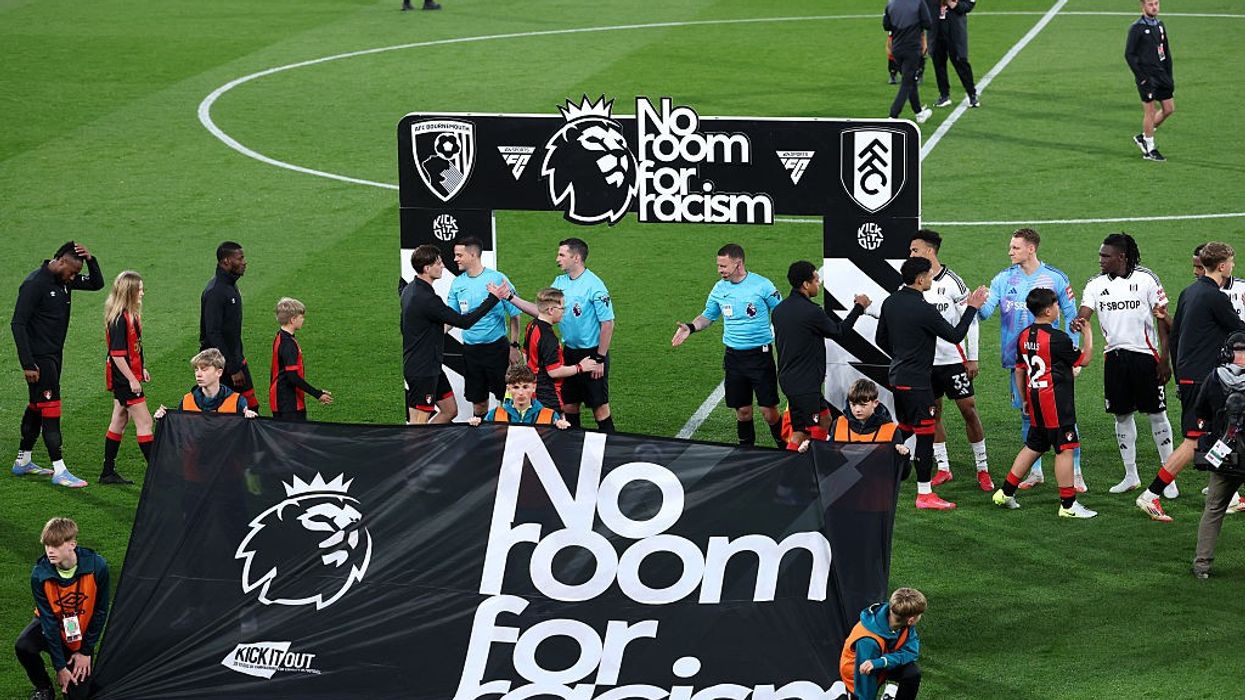




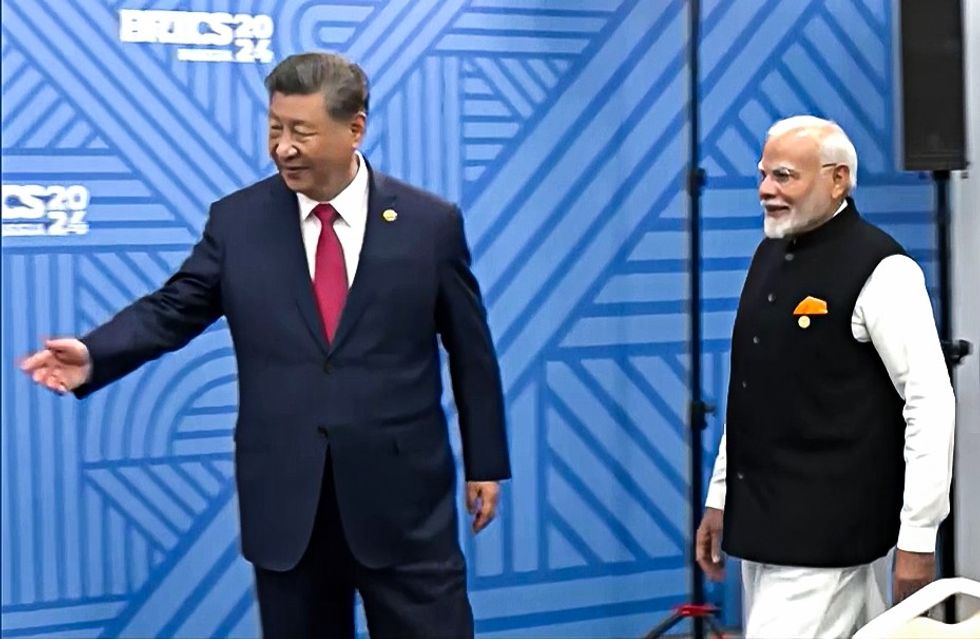 Modi with Xi Jinping. (ANI Photo)
Modi with Xi Jinping. (ANI Photo)



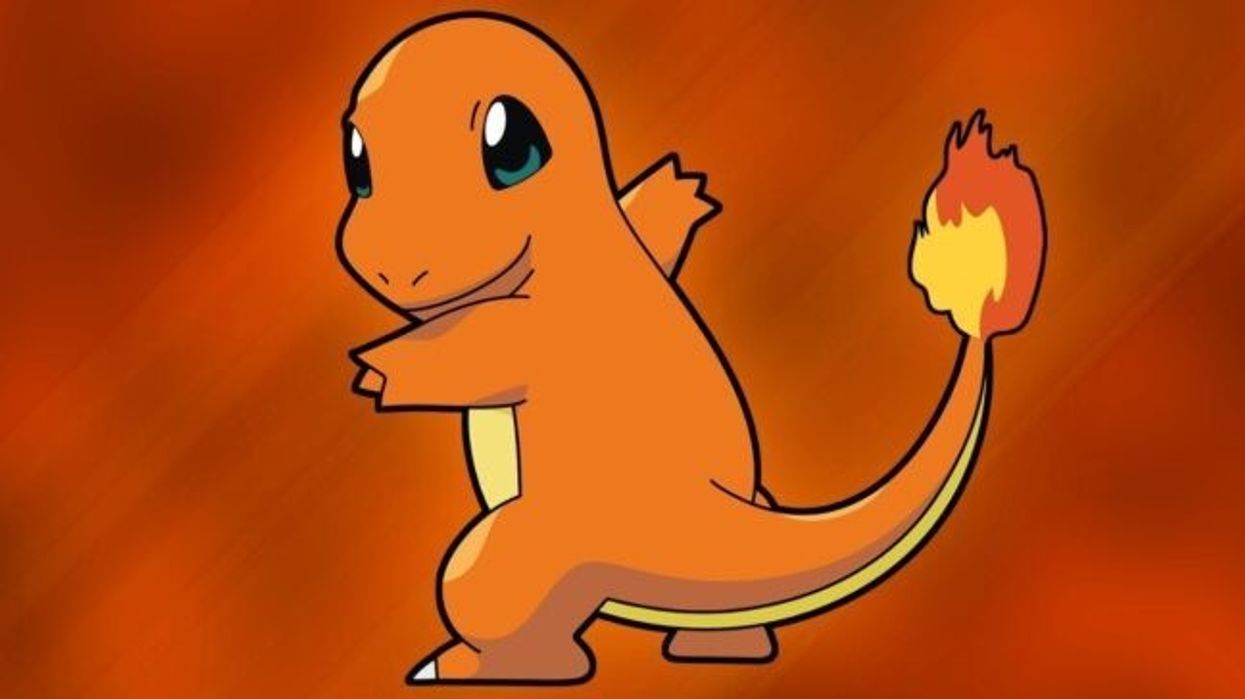

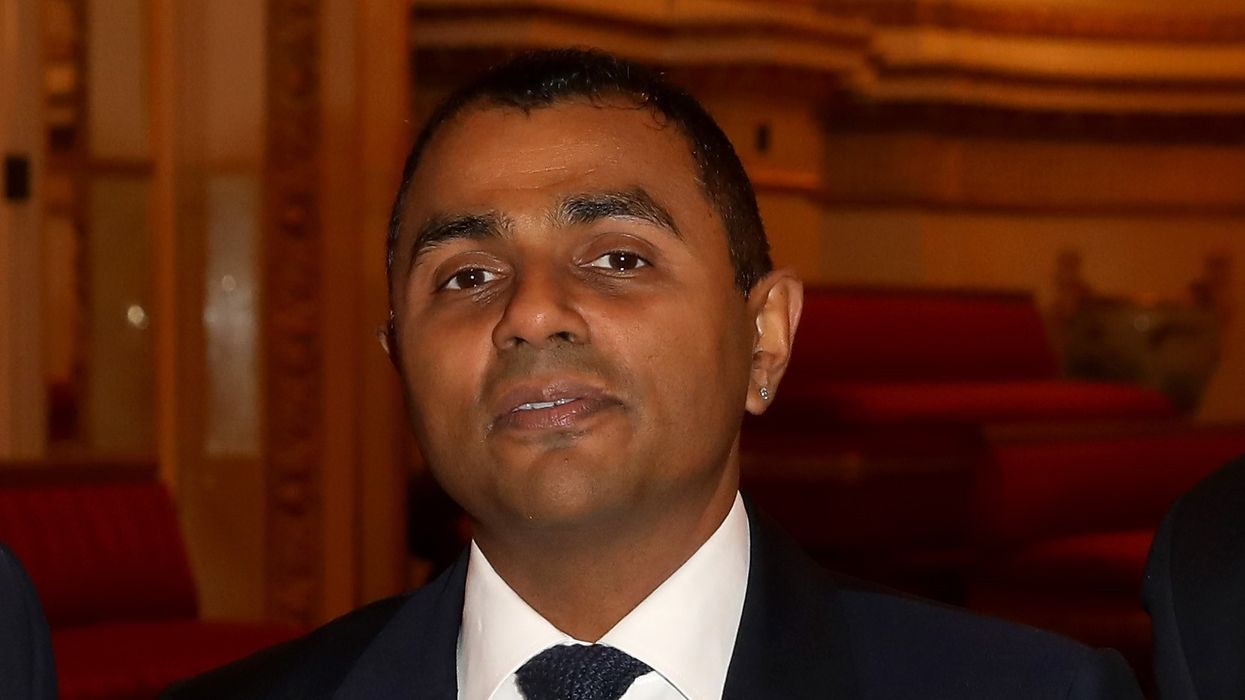



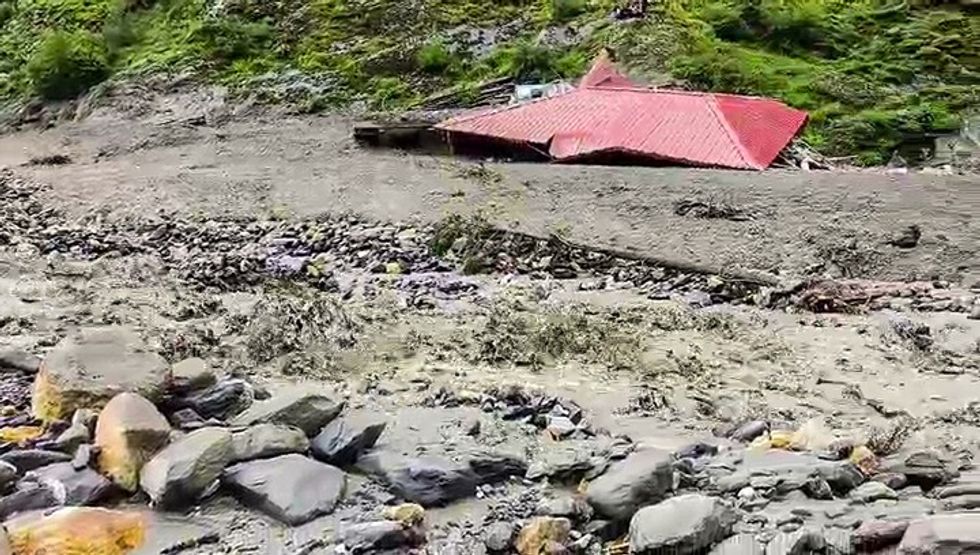 A view of the massive mudslide that struck Dharali following a cloudburst, in Uttarkashi on Wednesday. (ITBP/ANI Video Grab)
A view of the massive mudslide that struck Dharali following a cloudburst, in Uttarkashi on Wednesday. (ITBP/ANI Video Grab)
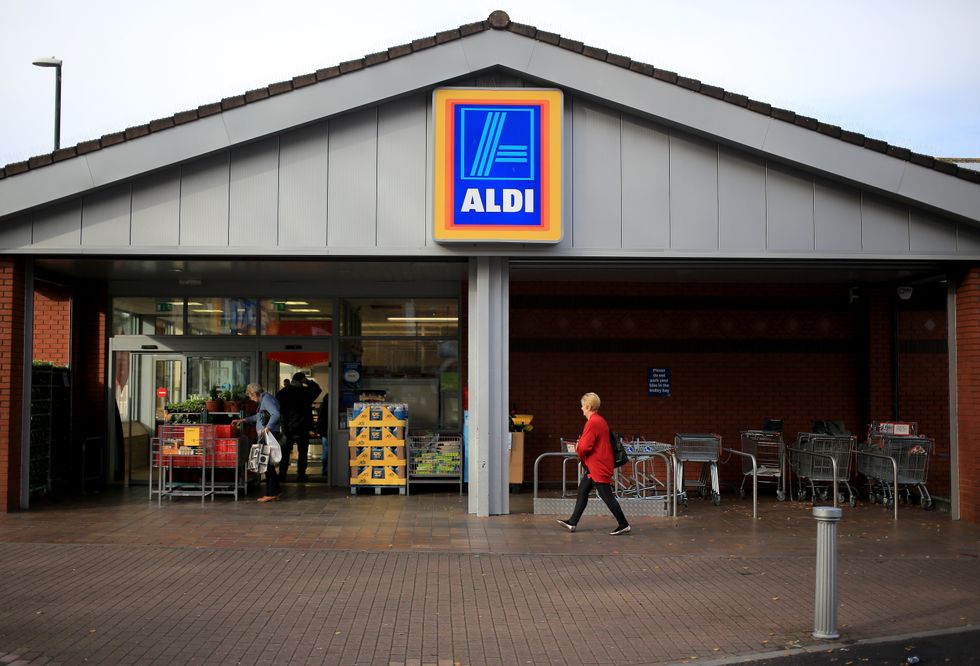 Aldi’s average basket: £129.25Getty Images
Aldi’s average basket: £129.25Getty Images
 Rescue operations amid heavy rains in location given as Kinnaur, Himachal Pradesh, India in this handout image released on August 6, 2025. Indo-Tibetan Border Police/Handout via REUTERS
Rescue operations amid heavy rains in location given as Kinnaur, Himachal Pradesh, India in this handout image released on August 6, 2025. Indo-Tibetan Border Police/Handout via REUTERS 